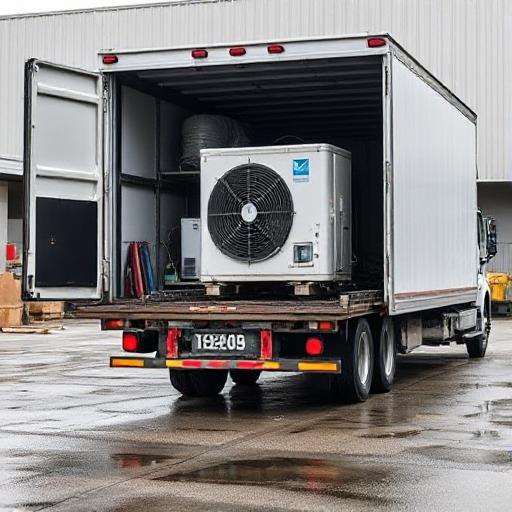Mastering HVAC Materials Management: Strategies for Success in 2025
In the ever-evolving world of HVAC, effective materials management is the linchpin of efficiency and success. As we dive into 2025, navigating the complexities of HVAC inventory management is more critical than ever to ensure smooth operations and cost savings. Let’s explore practical strategies to optimize your HVAC materials management and keep your operations running seamlessly.
The Importance of HVAC Inventory Management
Proper HVAC inventory management can yield impressive results, including energy savings of 5–20% annually. This not only translates to a staggering 545% ROI but also significantly reduces equipment failures. Unplanned downtime can cost companies billions, so let’s delve into how you can prevent this with effective strategies.
Optimizing Your HVAC Materials Procurement
Efficient procurement practices are the backbone of any successful HVAC operation. By adopting reliability-centered maintenance, you can achieve 30–40% cost savings over time. Monthly filter replacements alone can reduce utility bills by 5–15%. But how do you streamline your procurement processes?
Inventory Management Tips
- Conduct routine audits to maintain accurate inventory levels.
- Organize inventory by category to prevent overstocking and understocking.
- Implement cycle counts to streamline inventory control and protect your profit margins.
- Leverage mobile workflows and centralized systems with barcode or RFID for real-time asset tracking.
Enhancing HVAC Equipment Management
Centralized HVAC management platforms, integrated with Building Management Systems (BMS), are game-changers. They allow for real-time monitoring and reporting, optimizing materials deployment and load balancing. Using advanced diagnostic tools, like those from Daikin systems, helps detect problems proactively, minimizing downtime and reducing operating costs.
Supply Chain Optimization
Effective supply chain optimization is key to maintaining an efficient HVAC operation. Ensuring material availability for field techs through streamlined supply chain practices can save time and improve service quality.
Implement Warehouse Best Practices
A well-organized warehouse is crucial for efficient HVAC operations. Systematic labeling, regular electrical inspections, and reliable stock management practices all contribute to a smoother workflow and reduced risks to critical assets.
Conclusion
By embracing these HVAC materials management strategies, you can significantly enhance the efficiency of your operations. Remember, proactive planning and the right tools are your best allies in reducing costs, minimizing downtime, and ensuring a seamless supply chain.
Call to Action: Ready to optimize your HVAC materials management? Implement these strategies today for a more efficient and cost-effective operation!
FAQ Section
What are the best practices for HVAC materials management?
Effective practices include routine inventory audits, category organization, and leveraging technology like RFID for tracking assets in real-time.
How can HVAC inventory management strategies save costs?
Strategies like reliability-centered maintenance and monthly filter replacements can deliver significant cost savings and reduce utility bills.
Why is a centralized HVAC management platform important?
It enables real-time monitoring and reporting, optimizing materials deployment and load balancing for better efficiency.
What are the benefits of using advanced diagnostic tools in HVAC?
Advanced tools help in proactive problem detection, minimizing downtime, and reducing overall operating costs.
How can you optimize your HVAC supply chain?
By ensuring material availability through streamlined procurement processes and efficient stock management practices.


